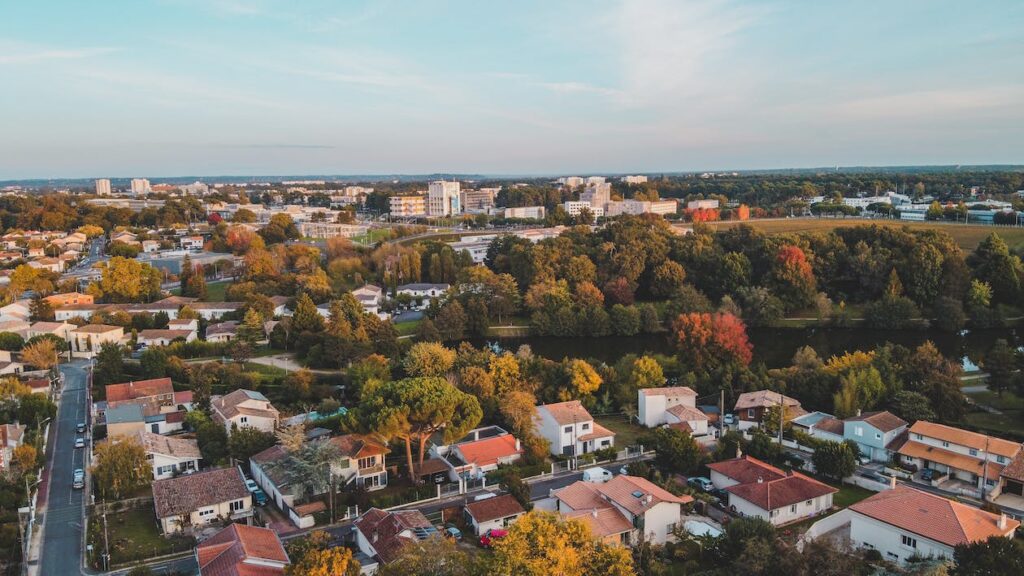Affordable Housing to Benefit from DOE’s ‘Earthshot’ Initiative to Lower Energy Costs
The U.S. Department of Energy (DOE) has unveiled an ambitious “Earthshot” initiative, known as the Affordable Home Energy Shot, aimed at reducing energy intensity and utility bills in affordable housing. This initiative comes at a crucial time when electricity prices are on the rise, and energy efficiency is gaining importance as a solution to combat climate change.
According to data from the U.S. Bureau of Labor Statistics (BLS), while overall inflation is slowing down, electricity prices continue to increase at a faster rate than other goods. To address this issue, the DOE’s Affordable Home Energy Shot sets ambitious goals, including cutting the cost of decarbonization in affordable homes in half and reducing residents’ energy costs by at least 20% within a decade.
The focus of this Earthshot initiative is on long-term research and development efforts related to building upgrades, efficient electrification, and smart controls for affordable housing, including multifamily, manufactured, and single-family homes. By leveraging existing initiatives aimed at reducing energy costs for low-income households, the DOE intends to ensure that a wider range of households can benefit from energy-efficient retrofits.
The Biden administration has made substantial funding available for household energy improvements through the bipartisan infrastructure law and the Inflation Reduction Act, totaling $13.5 billion.
Jennifer Granholm, the Secretary of Energy, emphasized the importance of these efforts, stating that home improvements are powerful tools to lower utility bills, combat climate change, and advance environmental justice.
Electricity prices have been on the rise, with residential prices increasing by over 15% from 2021 to 2023, according to the U.S. Energy Information Administration. While there is a slight anticipated decrease in prices for 2024, high energy burdens continue to affect almost 25% of U.S. households. High energy burdens refer to the portion of gross household income spent on energy costs, and they have led to more than 20% of households falling behind on their energy bills in 2022.
In light of these challenges, energy efficiency is gaining recognition as an effective way to reduce energy consumption, monthly bills, and greenhouse gas emissions. Global investments in energy efficiency have increased by 16% from 2021 to 2022, as reported by the International Energy Agency.
The Affordable Home Energy Shot’s primary focus is to achieve cost reductions for individual technologies and retrofit packages to ensure that underserved communities and those with the greatest need can benefit from the clean energy transition. By addressing the unique barriers associated with affordable housing, this initiative aims to advance technologies that lower upfront costs, deliver significant bill savings, and contribute to broader environmental and societal goals.






